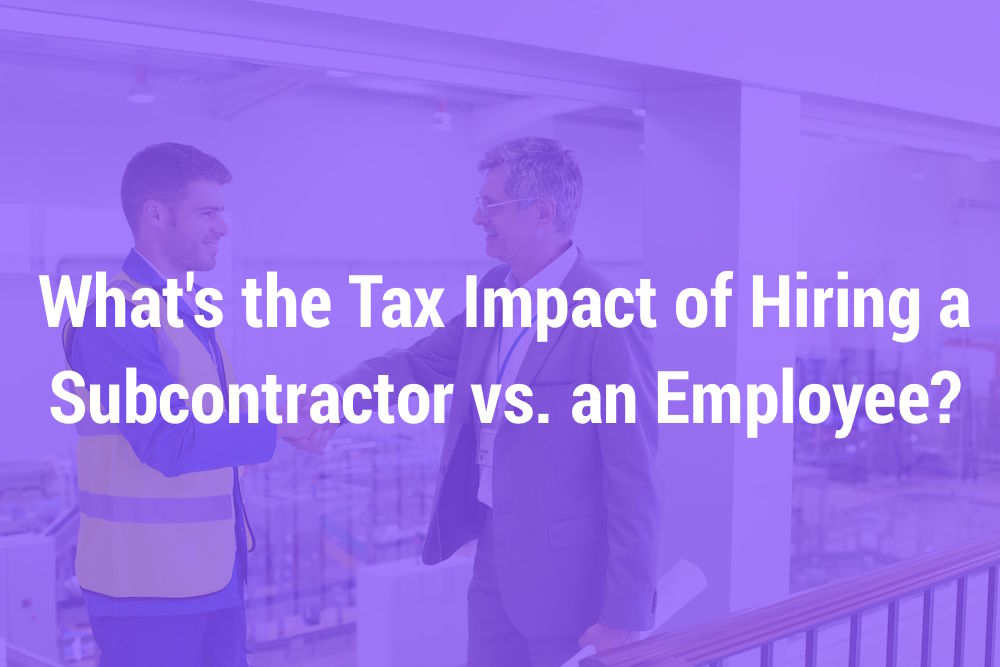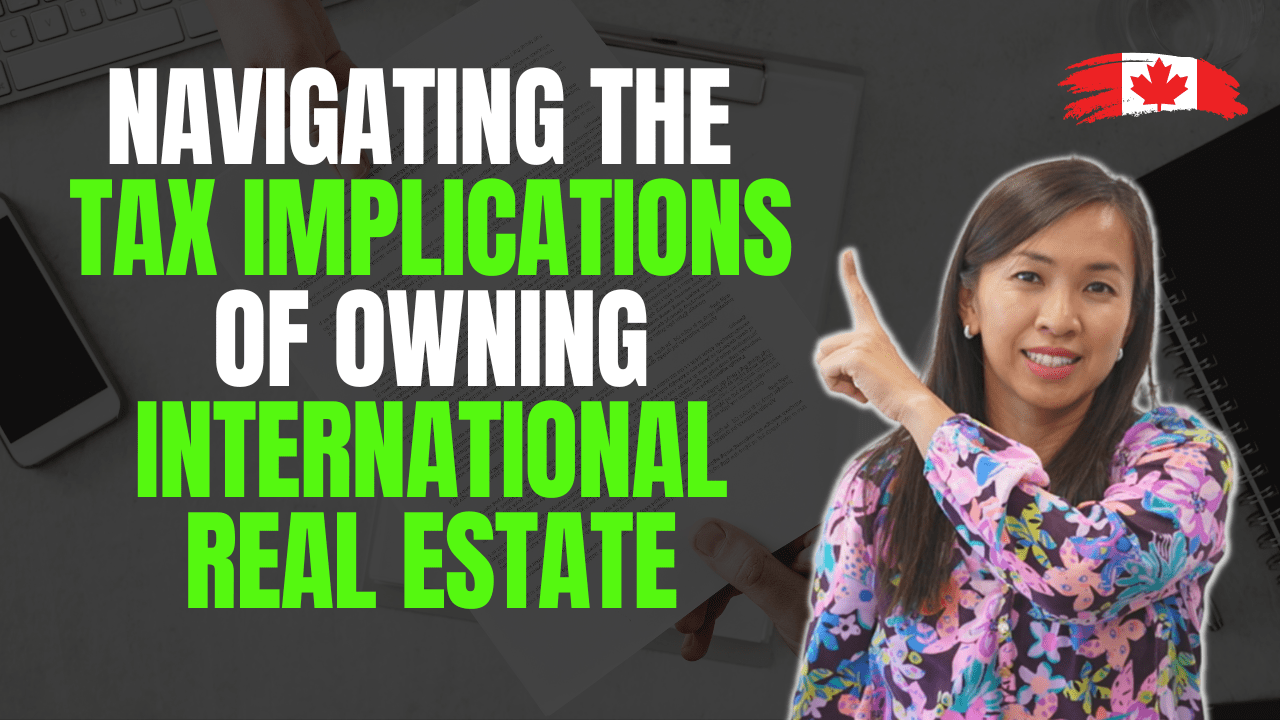
We had a fantastic long weekend. We had a blast hosting two parties at home, celebrating Canada’s 150 birthday and my son’s birthday.
Time flies. He’s already 2 years old. He can play by himself quietly with my daughter. He can even blow his own candles out on his birthday cake!
I hope you guys have had a great weekend too!
Now onto this week’s topic –
Many real estate investors hire a subcontractor to do their work.
Many real estate agents and realtors hire their assistants as subcontractors and wonder if they should be employees or not.
Let’s first talk about the tax impact of subcontractors vs. employer/employee relationship.
| Subcontractor | Employer/employee | |
| Who pays for Canada Pension Plan (CPP)? | If your assistant is a subcontractor, he is considered self employed. He is responsible to pay for both employer and employee portion of CPP.
CPP contribution is around 10% of the net earnings. Up to a maximum of $5,128.20 in 2017. For those of you who are self-employed (realtors and subcontractors), you are required to pay $5,128.20 if you earn a net income of over $55,300. This is calculated as part of your annual personal tax return. |
Employer/employee relationship work differently. Employer is responsible to make CPP contribution for the employee and employee is responsible for their own.
This means that as an employer, you are required to make half of the contribution, roughly 5% of the earning, maximum of $2,564.10 in 2017. The employee is required to make the other 5% contribution from their salary, maximum of $2,564.10 in 2017. |
| Who pays for Employment Insurance (EI)? | A subcontractor is considered self-employed and hence is not allowed to make contribution to EI.
After all, you cannot fire yourself and start claiming EI. ? You don’t pay but you don’t get the EI benefits when you’re “fired”. Under exceptional circumstances, a subcontractor can opt to contribute to EI and access the benefits. If a subcontractor plans to start a family, he/she may like to start contributing to EI ahead of time to allow him/her to use the benefit subsequently. |
Employment insurance is 1.63% for employee (up to a maximum of $836.19 in 2017) and 1.4 times of that for employer (equivalent to $1,170.67).
If you are hiring a relative or family members, you may not qualify to contribute to EI. Similar to being a subcontractor, you cannot hire your family members and fire them later to allow them to get EI benefits. CRA rulings are available to help you decide if the employment relationship is qualified for EI. |
| Source deduction remittance responsibility | Subcontractor is self employed. Subcontractor is responsible to pay for the income tax instalment on their own. | Employer is responsible to withhold CPP, EI and tax withholding from the employee’s pay and remit it together with employer’s portion of CPP & EI to the government monthly. |
| Deductibility of expenses | Subcontractors are operating their own businesses. They are eligible to claim all reasonable expenses that are incurred for the purpose to earn their income. | As an employee in Canada, there are only certain expenses that you can deduct against your employment income.
If you incur automobile expenses as part of your employment, your employer can issue you a T2200 form so you can claim the corresponding deductions against your employment income. Same goes for home office expense and other expenses. But generally speaking, deductibility of expenses is restricted. |
| GST/HST responsibility | Subcontractors are responsible to pay for their own HST obligation.
This includes registering for a HST number, collecting HST from clients, filing HST return on a monthly/quarterly/annually basis. |
Employment income is not subject to HST. There’s not HST filing obligation. |
| Possibility of incorporation | Subcontractors can incorporate their business and operating it under the corporation.
This allows them to enjoy the small business deduction rate of 15% and provide significant tax deferral and income tax splitting benefit. |
Employees are not allowed to incorporate.
Tax is subject to personal marginal tax rates. |
| Legal liability | I am no lawyer but if you hire as subcontractor, chances are your exposure of being sued by the subcontractor is low. | Employment law in Canada is complicated. Costs of letting go of someone can be expensive and you can get sued. Consult an employment lawyer for the exposure you can have when hiring an employee. |
As you can see above, if you hire a subcontractor, you do not have to pay for employer portion’s CPP, which can be a saving as much as $2,500 and you do not have monthly remittance obligations.
If the person that works for you is a subcontractor, yes, he must pay for both employer and employee’s portion of CPP, but he saves on EI and he gets to deduct all reasonable expenses incurred for earning income to lower his tax liability. If he chooses to incorporate, the tax deferral is even greater.
This hasn’t even considered the risk of being sued.
No wonder many real estate investors and agents choose to hire someone as subcontractors rather than employee.
If we had the freedom to choose the working relationship as subcontractors or employer/employee, many of us would choose subcontractors.
Unfortunately, we don’t really have the freedom. CRA has a two-step process to help you make the decision. We will go into detail about this two-step process in our next blog post. Stay tuned.
Until next time, enjoy your summer and happy Canadian Real Estate Investing.
Cherry Chan, CPA, CA
Your Real Estate Accountant





